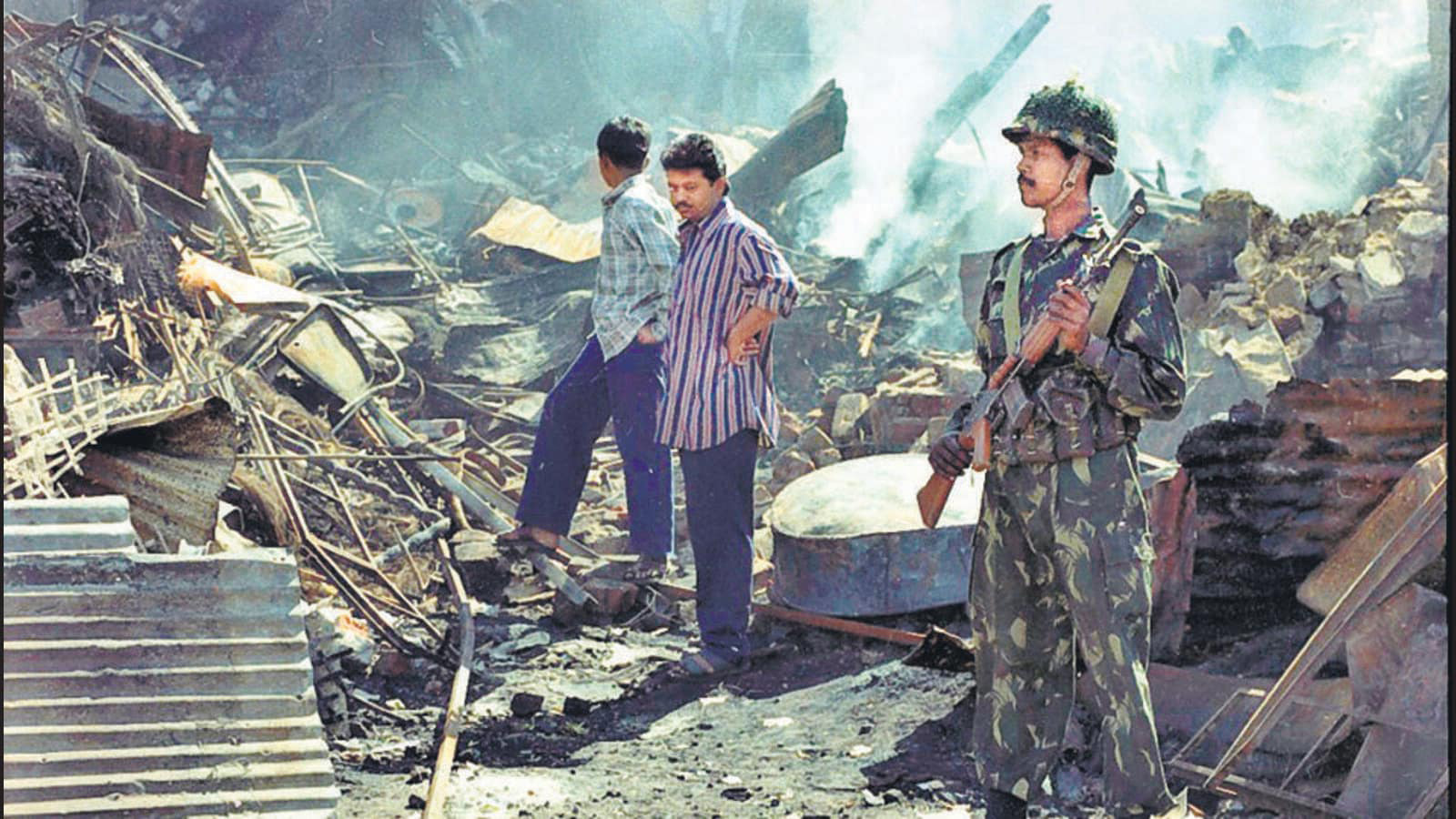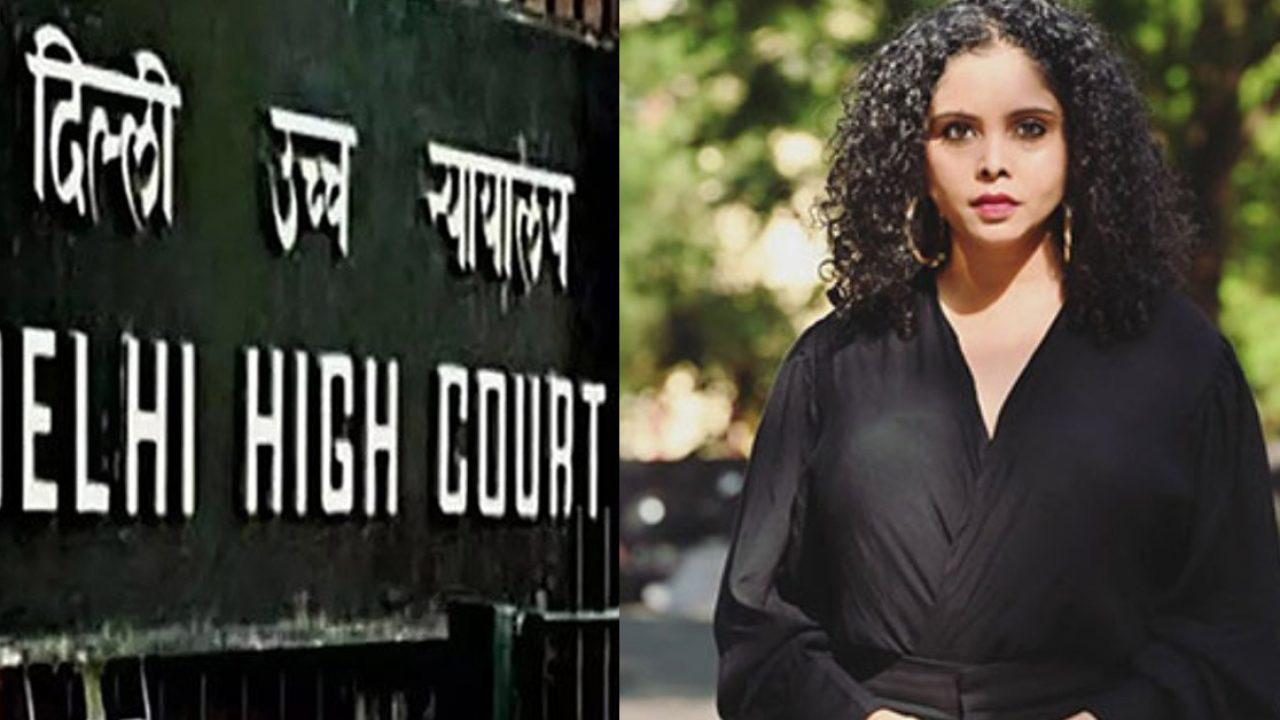True Superhero Rana Ayyub’s War Against the Trolls
Many journalists are the target of online abuse in the modern era, but Rana Ayyub has arguably experienced a greater volume of abuse than anyone in the history of the profession. Social media has opened the floodgates for trolls to harass and threaten investigative journalists without fear of consequence, but Rana’s defiant refusal to bow to their intimidation serves as an inspiration to all who find themselves on the receiving end of online abuse; a True Superhero facing down remarkable adversity.

A born survivor
When Rana was born she was sickly and severely underweight. The doctors informed her parents that she would not survive a night and that they should wait at the hospital for her to die rather than take the sickly infant home. Two weeks later, Rana was discharged from the hospital, a much healthier baby, but this would not be her last brush with childhood illness. She contracted polio in her left hand and right leg at the age of five but miraculously recovered once again. Mercifully, this was the end of her health problems as a child; now all the dangers she faced were external.
"The brand new social experience where you activate your gaming skills as you train like a spy."
- TimeOut
Take on thrilling, high-energy espionage challenges across different game zones.

In 1992, her home city of Mumbai (then known as Bombay) erupted into inter-communal violence in what would become known as the Bombay riots. These were part of an emerging trend of tensions between Hindus and Muslims in India, a conflict that had been seething for decades, but in the 1980s began to erupt into frequent clashes and outbreaks of terrorist violence. The 1992 Bombay riots ended with an official death toll of 275 Hindus, 575 Muslims and 50 other fatalities, causing enormous upheaval in Mumbai society and placing Rana’s secular Muslim family in great danger. Rana has described how she and her elder sister were forced to flee from their home for fear of abduction by roaming gangs of rioters. They moved in with a neighbor, pretended to be Hindu girls, and did not see their parents for a month. Once the trouble died down, the family moved to the largely Muslim suburb of Deonar, where Rana spent the rest of her childhood.
She later told Marie Claire how these were the first times that she heard words such as “Muslim” and “refugee” used about herself, and the incident gave her a fear of men that persisted throughout her childhood: “Since that time, I’ve lived in a great deal of fear. We were often told ‘the men might abduct you; the men might do something to you’ and that stayed with me. It stayed with me to such an extent that I feared all men. I went to a girls’ school, a girls’ college, and one day my principal called my mother and told her, “Your daughter can’t study because she’s so weak, she’s so scared, she won’t talk to anyone.” Although afraid, Rana also had a burning desire to become a journalist and pursuing this ambition forced her to overcome those fears as she carried out her investigative work.
The Gujarat Files
Rana’s first professional roles as a journalist were in television but she encountered a great deal of sexism, being told, “You can cover lifestyle or maybe, if there’s a rape, you can also cover it because only women can really talk about rape.” When she protested that her specialty was in political reporting, she was told. “Women cannot do politics.” As she later explained: “In India, male journalists get their information by drinking alcohol with men; you buy them a drink or two and then get the stories. Women can’t do that; you can’t drink, you can’t sit with men while you’re drinking, so you can’t get those stories. But I had this burning desire to do investigations. I wanted to cover big stories that focused on criminal inquiries and on social justice.”

Rana shifted from television to print, joining Tehelka, a magazine known for its investigative journalism, and she turned her attention to a subject that she was highly familiar with: inter-communal violence. In 2002, riots had broken out once again in India, this time in the state of Gujarat, with official death tolls stating that 790 Muslims and 254 Hindus had lost their lives, with other sources estimating closer to 2,000 casualties. Rana had visited the area herself in the immediate aftermath of the riots, while she was still only 19 years old, in an attempt to provide relief for victims, but now her goal was to investigate the root cause of the rioting. She went undercover, posing as a Hindu-American and spending eight months in disguise while covertly recording conversations with senior Gujarati politicians, bureaucrats, and police officers. What she uncovered was explosive and she presented documentary evidence to her employers at Tehelka, showing that many top officials had admitted stoking inter-communal tensions in order to prolong violence against Muslim communities in the aftermath of the initial riots. Tehelka refused to publish the story, citing concerns over Ayyub’s methods and casting doubt on the legal admissibility of her evidence. Undeterred, Rana took her life savings and self-published the investigation as a book, Gujarat Files: Anatomy of a Cover Up.
The book was a sensation, selling over 600,000 copies and sending shockwaves through Indian society. It also led to investigations of some of the most powerful men in Gujarati politics. In 2008, the Indian Supreme Court reopened several criminal cases related to the Gujarat riots, which led to authorities questioning figures including Narendra Modi, who was the Chief Minister of Gujarat at the time of the riots and would go on to become Prime Minister of India in 2014. The investigation cleared Modi of any involvement but did lead to several arrests of high-ranking figures, including that of Modi’s close political ally Amit Shah. Ultimately, all charges in connection with these investigations were dropped, with legislators citing concerns about the covert methods used to obtain evidence.
The most hated journalist on Earth
Gujarat Files remain extremely controversial. While Rana insists that her reporting is based on evidence and the lack of convictions is due to political interference, supporters of the BJP - the ruling political party of India - maintain that her allegations are false and her evidence is invalid. What is not in question is that supporters of the BJP have also launched a sustained campaign of online harassment against Ayyub that has led to her being described as both “the most hated journalist on Earth” and “the most abused person on Twitter”. The online abuse is so severe that her Twitter feed has been the basis of a research project used to develop early warning systems to prevent offline violence against women journalists. The researchers analyzed a staggering 8.5m replies to her tweets over a two-year period, the overwhelming majority of which were abusive and seemingly co-ordinated.

The harassment is not limited to social media. In 2018, Rana discovered that her face had been deepfaked into a porn video that was being widely circulated online by numerous accounts affiliated with BJP supporters. She has also been the subject of numerous allegations of money laundering and fraud related to crowd-funding campaigns to provide assistance to those affected by the Covid pandemic, which have led to her bank accounts being frozen. Ironically, these allegations seem extremely flimsy and do not appear to pass the rigorous evidential requirements used to exonerate the figures named in the Gujurat Files. The level of abuse and harassment is so severe that the UN issued a statement calling on Indian authorities to cease judicial harassment and investigate the sources of online bullying.
Friends and colleagues fear for Rana’s safety. Other Indian journalists have been assassinated for their opposition to far-right nationalist groups in India, and Rana herself regularly receives death and rape threats online. Despite the threats, judicial harassment and abuse she defiantly remains in Mumbai, working as a columnist for The Washington Post, and continues to be a trenchant critic of the Modi administration. Her resilience in the face of this sustained harassment is an inspirational example to all who face online abuse, journalists and non-journalists alike.
SPYSCAPE+

Join now to get True Spies episodes early and ad-free every week, plus subscriber-only Debriefs and Q&As to bring you closer to your favorite spies and stories from the show. You’ll also get our exclusive series The Razumov Files and The Great James Bond Car Robbery!


Gadgets & Gifts
Explore a world of secrets together. Navigate through interactive exhibits and missions to discover your spy roles.
Your Spy Skills
We all have valuable spy skills - your mission is to discover yours. See if you have what it takes to be a secret agent, with our authentic spy skills evaluation* developed by a former Head of Training at British Intelligence. It's FREE so share & compare with friends now!
* Find more information about the scientific methods behind the evaluation here.


Stay Connected
Follow us for the latest
TIKTOK
INSTAGRAM
X
FACEBOOK
YOUTUBE